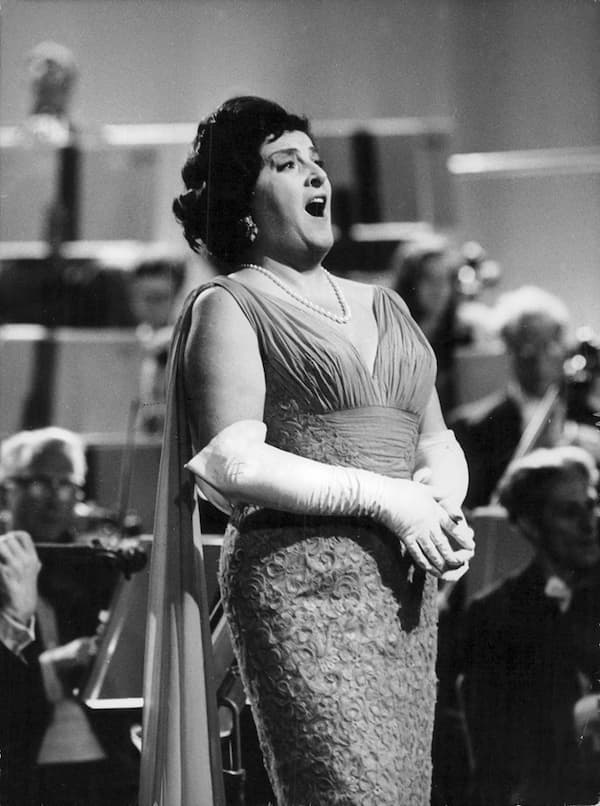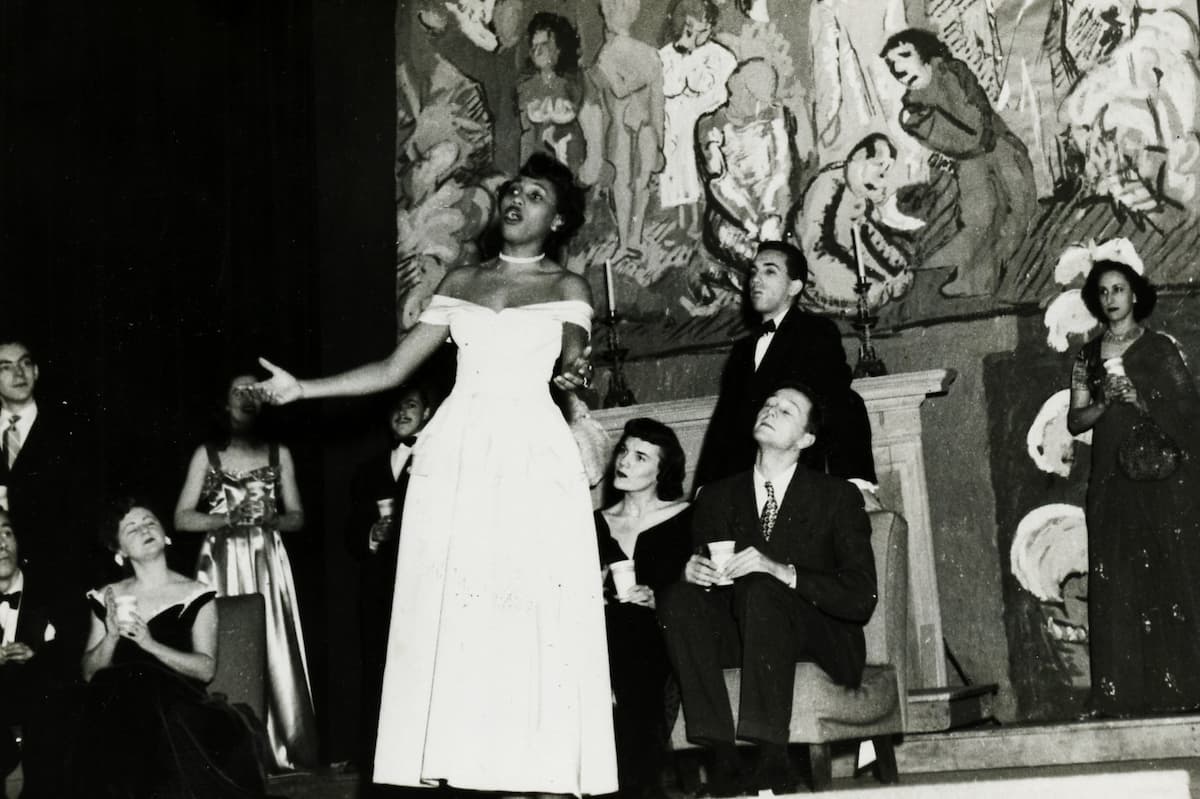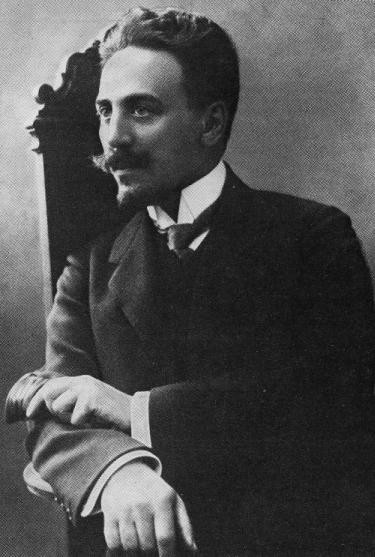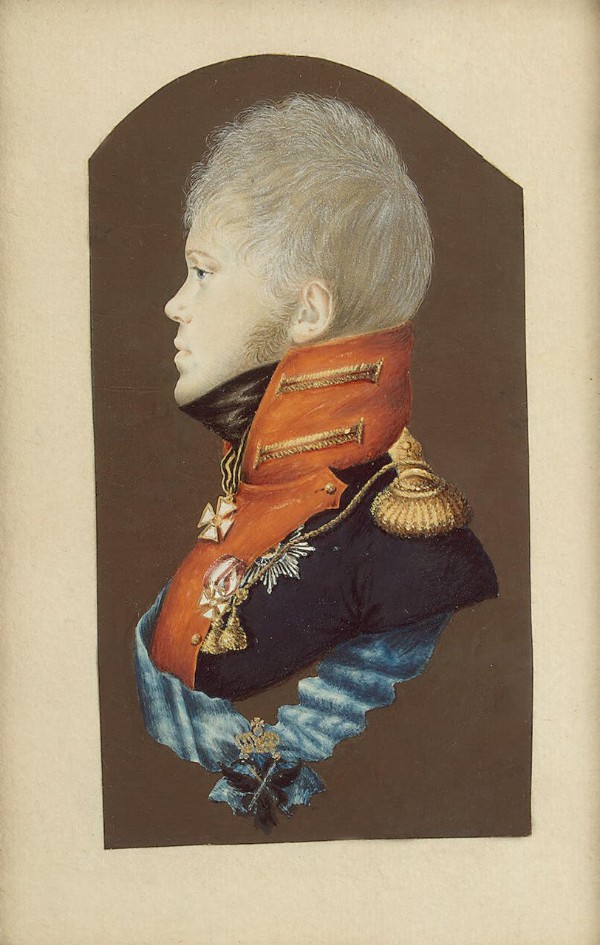The dramatic soprano stands out in opera as one of the most powerful and emotionally resonant voice types, capable of soaring above a full orchestra and capturing the essence of the operatic experience with breathtaking intensity. Characterized by a large, rich sound, the dramatic soprano can sustain long phrases at high volume and deliver profound emotional intensity. Her typical range spans from B3 to C6, though certain roles may require higher or lower notes. Unlike the lighter, more silvery lyric soprano, the dramatic soprano is known for a darker timbre—often described as round, plummy, or metallic—with a strong low register and a secure, ringing top. While not as agile as coloratura sopranos, she excels in roles demanding stamina, nobility, suffering, and strength.

Birgit Nilsson during a televised opera concert in Stockholm in July 1963
The dramatic soprano possesses the ability to penetrate the expansive sound and formidable presence of a Wagnerian orchestra, as well as to dominate the emotional landscape of a Verdi tragedy. In these instances, dramatic sopranos frequently portray heroines, goddesses, martyrs, or strong women who find themselves in scenarios characterised by war, death, or love. These roles typically demand significant emotional depth and physical rigour, necessitating both vocal prowess and exceptional acting abilities. Over the course of history, numerous sopranos have shaped the dramatic repertoire, including Birgit Nilsson, Leontyne Price, Jessye Norman, Maria Callas, and Nina Stemme.

Leontyne Price, 1951
Composers like Wagner, Verdi, Strauss, and Puccini created roles that challenge the limits of a soprano’s endurance and artistry. One of the most iconic is undoubtedly Brünnhilde from Wagner’s monumental Ring Cycle. This remarkable role spans across three operas, showcasing the character’s evolution and depth throughout the narrative. Among the many spectacular scenes, the Immolation Scene in Götterdämmerung stands out as a particularly significant moment. Brünnhilde’s profound sacrifice to restore world order is executed with searing intensity and regal authority, enhancing the emotional weight of the scene and elevating her to a symbol of operatic heroism, representing the ultimate triumph of love and redemption in the face of overwhelming adversity. Her journey, filled with passion and resolve, resonates with audiences and solidifies her status as one of opera’s most compelling heroines, as famously portrayed by Birgit Nilsson.
Birgit Nilsson sings Brunnhilde’s Immolation Scene (end)
In Puccini’s opera Turandot, the soprano plays a vital role in depicting the intricate character of Princess Turandot. Her aria “In questa reggia” powerfully illustrates her internal conflicts, showcasing her pride, pain, and fear of love that stirs within her. The singing demands an unflinching top, steely power, and a metallic tone that can cut through the densest orchestration. In Birgit Nilsson’s performance, she delivered with spine-tingling clarity and precision.
Turandot – “In questa reggia” – Birgit Nilsson & Franco Corelli
Elektra, the deeply traumatized and vengeful daughter in Richard Strauss’s opera Elektra, represents perhaps the most psychologically intense character among the multitude of figures in the operatic repertoire. This intensity is masterfully conveyed through the powerful performances of sopranos like Nina Stemme, whose singing captures the essence of Elektra’s turmoil. The role demands an extraordinary level of emotional commitment, as Elektra’s near-continuous presence on stage places tremendous pressure on the singer to unleash raw, visceral emotion while simultaneously maintaining vocal control amid Strauss’s notoriously thick orchestration.
Strauss: Elektra – Nina Stemme, Berliner Philharmoniker, Kirill Petrenko
No list of dramatic soprano roles would be considered truly comprehensive without the inclusion of Isolde in Wagner’s iconic opera, Tristan und Isolde. The profound significance of this character is beautifully captured in the Liebestod—Isolde’s poignant final aria, in which she transcends the boundaries of death, embracing a vision of eternal love. This remarkable performance exemplifies the incredible capabilities of the dramatic soprano voice, showcasing its ability to navigate a complete spectrum of emotions, ranging from powerful declaration to luminous serenity. Furthermore, Wagner’s extended, unfolding musical lines that characterise this role not only demand patience and extraordinary breath support from the singer but also contribute to the spiritual depth of the experience, making this role as spiritually taxing as it is vocally challenging. The complex interplay of emotional intensity and technical virtuosity that Isolde requires is what makes her one of the most challenging yet rewarding roles in the dramatic soprano repertoire. This is beautifully illustrated through Jessye Norman’s sublime interpretation.
“Mild und leise wie er lächelt” (Isolde’s Liebestod)
Verdi, too, composed masterpieces for the dramatic soprano, most notably Aida. In the interpretation of Aida, the protagonist’s conflicting loyalties between love and homeland are portrayed with dignity and heartbreaking lyricism. The aria “O patria mia” is a showcase for a dramatic soprano’s ability to blend vulnerability with vocal weight. Leontyne Price’s interpretation remains one of the most beloved on record.
Leontyne Price Sings “O Patria Mia” from Aida by Giuseppe Verdi
Beyond the traditional repertoire, dramatic sopranos have made significant contributions to iconic roles such as Norma (Bellini), Lady Macbeth (Verdi), and Leonora (Fidelio by Beethoven). While these characters are sometimes also portrayed by spinto sopranos, they gain tremendous depth from the added weight a dramatic soprano brings. In Maria Callas’s renowned portrayal of Norma, for example, she demonstrates how a dramatic soprano can rise above technical challenges to expose the character’s profound internal conflict with stunning emotional intensity.
Maria Callas Sings “Casta Diva” (Bellini: Norma, Act 1)
The German Fach system designates the dramatic soprano for powerful operatic roles crafted by composers like Wagner, Verdi, and Strauss, demanding physical and emotional strength often from singers in their prime or later in their careers. While other soprano types exhibit agility and charm, the dramatic soprano’s voice exudes presence and emotional depth. Positioned at the pinnacle of operatic vocalism, her challenging repertoire showcases her ability to convey profound stories, whether as a betrayed goddess, a tragic figure, or a formidable queen, ultimately demonstrating opera’s capacity to merge voice with the soul in a breathtaking expression of artistry.
For more of the best in classical music, sign up for our E-Newsletter


